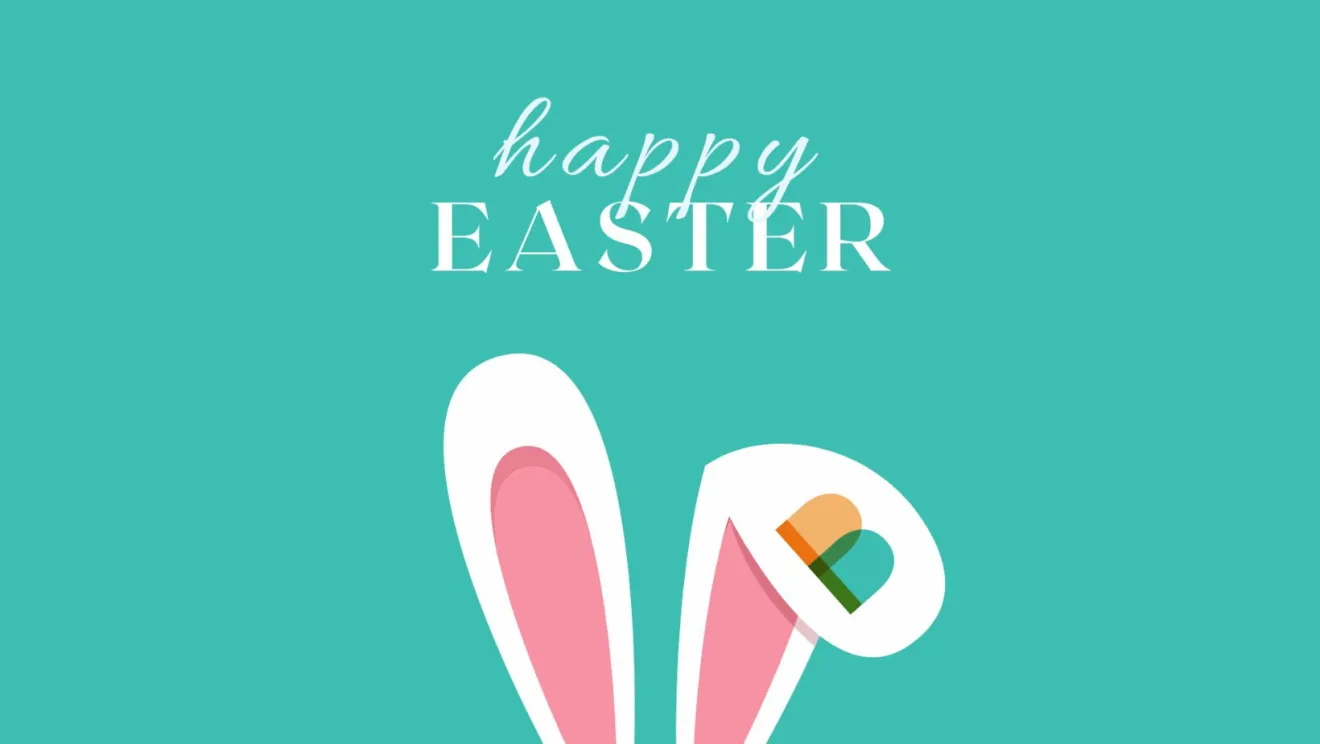Celebrating Easter
- News

Traditions and Practices
In the heart of Christian tradition lies the most sacred Christian holiday, the Easter Triduum, which spans from Ash Wednesday to Easter Sunday. This sacred observance includes the pivotal moments of Jesus Christ's passion, death and resurrection. Simply, the significance of Easter lies in Jesus' sacrifice for the redemption of humanity and the hope of salvation. The resurrection is central to Christian theology and serves as the foundation of the Christian faith.
Ash Wednesday initiates this solemn period, marking the beginning of Lent, 40 days of penance and preparation leading up to Easter Sunday. On this day, many Christians receive ashes on their foreheads, symbolizing mortality and repentance. Lent is a time of prayer, fasting and caring for those in need, echoing Jesus' 40 days in the wilderness and inviting believers to draw closer to God through acts of self-discipline and spiritual renewal.
Maundy Thursday marks the Last Supper of Jesus with his disciples. This significant event is celebrated in remembrance of the institution of the Eucharist (taking communion) and the priesthood. During the Last Supper, Jesus offered the first communion with the bread symbolizing his body and the wine his blood, which Christians believe to be present in the consecrated bread and wine. Holy Thursday services often include the reenactment of the washing of the feet, symbolizing humility and service, as Jesus washed the feet of his disciples as an example of love and humility.
Good Friday stands as a solemn remembrance of the crucifixion and death of Jesus Christ. It is a day of fasting, prayer and repentance, as believers contemplate the sacrifice made by Jesus for the redemption of humanity. Many churches hold solemn liturgies, some have believers kiss or touch a crucifix in reverence. Good Friday serves as a reminder of the profound love and sacrifice demonstrated by Jesus, inviting believers to reflect on the significance of redemption and salvation.
Holy Saturday, the day of anticipation and waiting, bridges the sorrow of Good Friday with the joy of Easter Sunday. It is a day of quiet reflection, as Christians await the celebration of Christ's resurrection. Holy Saturday is often marked by the Easter Vigil, a solemn event held after sundown, where the Easter fire is lit, symbolizing the light of Christ dispelling the darkness of sin and death. The vigil culminates in the proclamation of the resurrection, as believers rejoice in the triumph of life over death.
Easter Sunday, the pinnacle of the Easter Triduum, celebrates the resurrection of Jesus Christ from the dead, when his tomb was found empty after his crucifixion. It is the holiest day in the Christian calendar, representing victory over sin and death and the promise of eternal life. Easter Sunday is marked by joyful liturgies, hymns of praise and the exchange of greetings such as "Christ is risen, Alleluia!" and "He is risen indeed, Alleluia!" Believers gather to partake in festive meals and traditions. One popular tradition is Easter egg hunts and the sharing of Easter baskets filled with treats, though this tradition is more cultural than religious.
The Easter Triduum is a sacred journey that encapsulates the core beliefs of Christianity. From the Last Supper to the empty tomb, believers are invited to walk alongside Jesus in his passion, death and resurrection, finding hope, redemption and new life in the triumph of Easter Sunday.





